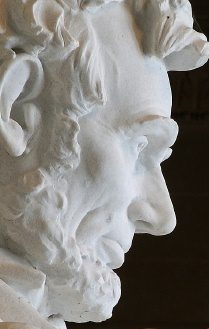After insisting on a war, the Bush Administration shot our military in the foot by kicking Arabic-speaking translators out of the army because they weren’t man enough to fight. They were gay.Â
This West Point grad demonstrates that the young people in our military today are open minded about letting gay soldiers serve with everyone else.
The ban on homosexuals in the military is an echo of the American practice of preventing black men from fighting alongside white troops. This is a subject I know something about because my white grandfather commanded black soldiers in the First World War.
The story of the 369th Infantry is fascinating. Raised in Harlem by Republican politicians, the unit was sent to France very early on because the population of South Carolina made it clear they didn’t want black soldiers training in their community. As a result the 369th infantry was shipped out early and ended up serving more time on the front than any other unit in the American Army.
In fact, they weren’t even allowed to fight in the American Expeditionary Force. They were given to the French Fourth Army by Pershing because the desperate French saw only soldiers not race mixing. There the “Harlem Helcats” proved their mettle and the French awarded every man jack of them the Croix de Guerre.
The White American officer corps inflicted one last indignity on the soldiers from Harlem before they were sent to the trenches. They stripped the unit of its black officers. That’s how my Kansas Grandfather came to command. The southern military preferred to see black men sweating under a hot sun unloading war material from trains. It didn’t want them on the battlefield where they could disprove the widespread belief that black men were craven and cowardly.
Today the Bush Administration seems determined to prevent gay troops from demonstrating their loyalty and their mettle on the battlefield even if it imperils the entire war effort.
If I’m elected to Congress I’ll vote to get rid of ” Don’t ask don’t tell.”
